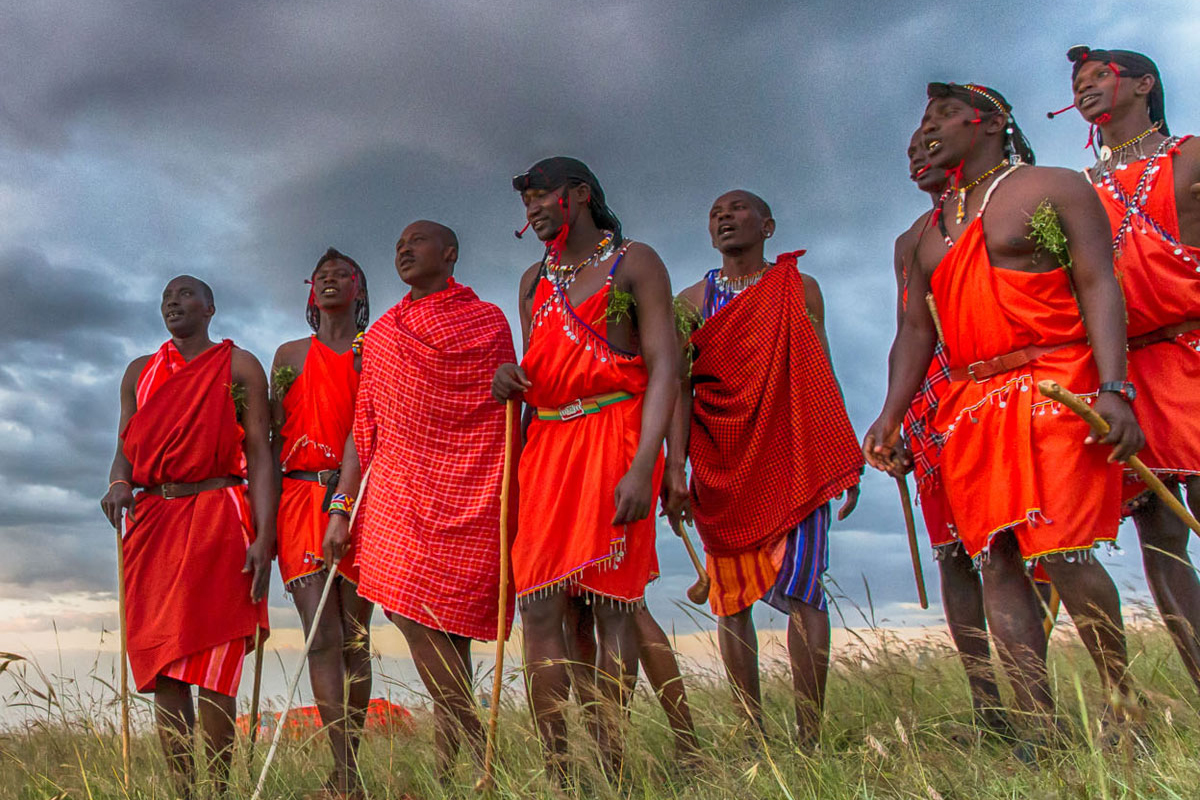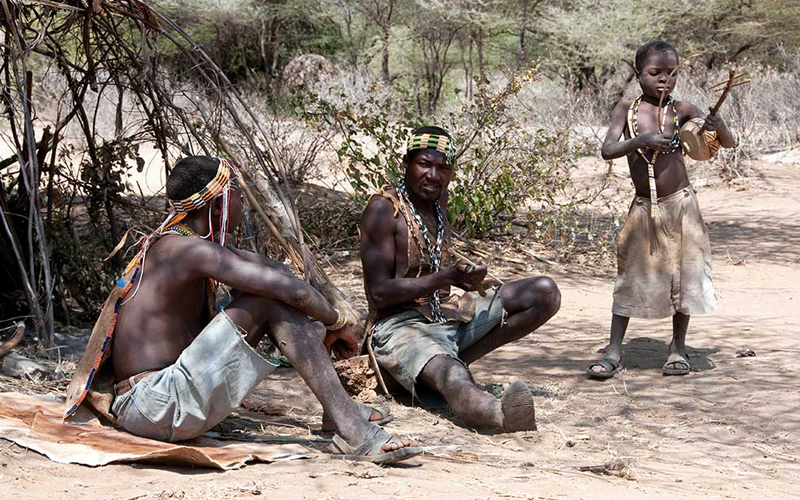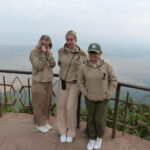Cultural Tourism Tanzania Maasai Hadzabe 2025
Tanzania is a land of breathtaking landscapes, diverse wildlife, and rich cultural heritage. While many travelers visit for safaris and the Serengeti, a new trend is emerging—cultural tourism. More people are seeking meaningful travel experiences, immersing themselves in the traditions of indigenous tribes like the Maasai and Hadzabe. But what makes cultural tourism so appealing? And how does it impact these ancient communities? Let’s dive in.
Understanding Cultural Tourism
Cultural tourism is all about engaging with local traditions, customs, and ways of life. Unlike conventional tourism, which focuses on landmarks and landscapes, cultural tourism allows travelers to connect with people, history, and heritage on a personal level. In Tanzania, this means stepping into the world of the Maasai warriors or joining a Hadzabe hunting expedition.
Tanzania – A Cultural Melting Pot
Tanzania is home to over 120 ethnic groups, each with its own language, traditions, and customs. From the Swahili influences along the coast to the pastoralist lifestyles in the savanna, the country’s cultural diversity is astounding. The Maasai and Hadzabe stand out due to their deep-rooted traditions and fascinating way of life.
The Maasai People – Guardians of Tradition
Who are the Maasai?
The Maasai are one of Africa’s most recognizable tribes, known for their vibrant red shukas (robes), intricate beadwork, and warrior spirit. They have lived in Tanzania and Kenya for centuries, maintaining a semi-nomadic lifestyle despite modernization.
The Maasai Lifestyle
The Maasai rely on cattle for survival—milk, meat, and blood are staples of their diet. Their villages, called “bomas,” consist of circular huts made from mud, sticks, and cow dung. The men are warriors and herders, while the women craft intricate jewelry and manage household duties.
Visiting a Maasai Village
A visit to a Maasai village is a truly immersive experience. Travelers can watch traditional dances, listen to folklore, and even participate in daily activities like milking cows or making fire. The warm hospitality of the Maasai makes every visitor feel like part of the tribe.
The Hadzabe – Tanzania’s Last Hunter-Gatherers
Who Are the Hadzabe?
Unlike the Maasai, who are pastoralists, the Hadzabe are hunter-gatherers who have lived in Tanzania’s Lake Eyasi region for thousands of years. They speak a click-based language and rely on nature for food, shelter, and medicine.
The Hadzabe Way of Life
Living without modern tools, the Hadzabe hunt with handmade bows and arrows, gathering fruits and tubers from the land. Their deep knowledge of the environment allows them to survive in harsh conditions.
Experiencing the Hadzabe Culture
Travelers who visit the Hadzabe can join hunting trips, learn tracking skills, and see firsthand how they make fire without matches. It’s a rare opportunity to step into the Stone Age and witness a way of life that is rapidly disappearing.
The Impact of Cultural Tourism
Benefits to Indigenous Communities
Cultural tourism provides financial support to these communities, helping them maintain their traditions while improving healthcare and education. It also fosters cross-cultural understanding and appreciation.
Challenges of Cultural Tourism
However, there are ethical concerns. Over-commercialization can turn genuine traditions into performances for tourists. Some communities struggle to balance tourism with their traditional way of life. Responsible tourism is key to ensuring that visits remain respectful and beneficial.
How to Experience Cultural Tourism Responsibly
- Choose ethical tour operators – Look for tours that prioritize cultural respect and give back to the communities.
- Support sustainable tourism initiatives – Consider donating to local education and conservation projects.
- Respect local customs and traditions – Always ask before taking photos and follow the guidelines set by the community.
Cultural tourism in Tanzania is more than just an adventure—it’s an opportunity to connect with some of the world’s oldest traditions. Meeting the Maasai and Hadzabe offers insights into humanity’s past and a deeper appreciation for cultural diversity. By traveling responsibly, we can help preserve these rich heritages for future generations.
FAQs
1. Is it safe to visit the Maasai and Hadzabe communities?
Yes, visiting these communities with a reputable tour guide is safe. The tribes welcome visitors warmly and enjoy sharing their culture.
2. How can I book a cultural tour in Tanzania?
Many tour operators in Tanzania offer cultural experiences. Look for companies that emphasize ethical and sustainable tourism.
3. What should I bring when visiting indigenous tribes?
Respectful clothing, gifts like school supplies for children, and an open mind to learn and engage with the culture.
4. How do cultural visits benefit local communities?
Tourism provides income for education, healthcare, and preservation of traditions while promoting cultural pride.
5. Can I participate in traditional activities during my visit?
Yes! Many tours allow visitors to try traditional dances, fire-making, and even hunting (under guidance).
Unforgettable Day Trips in Tanzania:
Start your adventure today!













